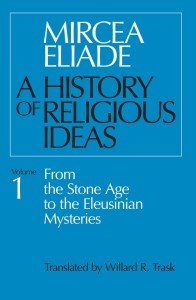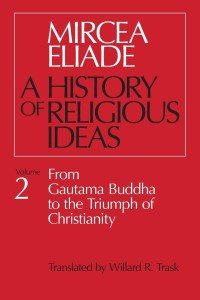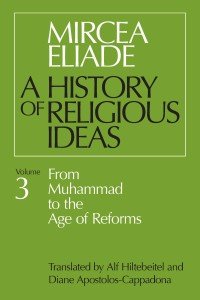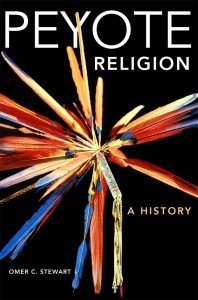Exploring the Transformative Power of Religion:
A Critical Review of Religious and Ritual Change: Cosmologies and Histories
The study of religion and ritual has been a fascinating and ever-evolving field, with numerous scholars and researchers delving into the complexities of these phenomena. In their book Religious and Ritual Change: Cosmologies and Histories, Pamela Stewart and Andrew Strathern comprehensively explore the various ways in which religious and ritual practices have transformed and adapted over time.
The book is divided into three parts, each focusing on religious and ritual change. The first part delves into the conceptual frameworks and theoretical approaches to study these phenomena. The second part examines specific case studies from various cultural and geographical contexts. In contrast, the final part reflects on the broader implications of religious and ritual change for our understanding of society and culture.
One key theme throughout the book is the idea of cosmology and its role in shaping religious and ritual practices. Stewart and Strathern argue that cosmologies, or how people perceive and make sense of the world, are central to understanding why and how religious and ritual change occurs. The authors also highlight the importance of historical context, showing how political, social, and economic structure changes can impact religious and ritual practices.
Another significant insight in the book is the interconnectedness of religious and ritual change with other aspects of society and culture. Stewart and Strathern demonstrate how changes in religious and ritual practices can have far-reaching effects on individuals, communities, and larger societal structures. This perspective challenges the simplistic notion of religion as a separate and static entity and instead highlights its dynamic and influential nature.
The case studies presented in the book offer a rich and diverse range of examples, from the revitalization of indigenous religions in Papua New Guinea to the impact of globalizing forces on Hinduism in India. Each case study provides a unique and nuanced perspective on the complexities of religious and ritual change, adding depth and richness to the overall discussion.
In the book's final part, Stewart and Strathern reflect on the broader implications of their research for our understanding of society and culture. One of the key takeaways is the need for a more nuanced and context-specific approach to studying religious and ritual change. This is crucial in a world where cultural exchanges and interactions are becoming increasingly prevalent and simplistic generalizations can lead to misunderstandings and misinterpretations.
In conclusion, Religious and Ritual Change: Cosmologies and Histories by Pamela Stewart and Andrew Strathern is a thought-provoking and insightful read that comprehensively explores the complexities of religious and ritual change. Through their in-depth analysis and diverse case studies, the authors provide a nuanced understanding of the dynamic nature of religion and its impact on society and culture. This book is a valuable resource for scholars and students interested in the study of religion, ritual, and cultural change.






